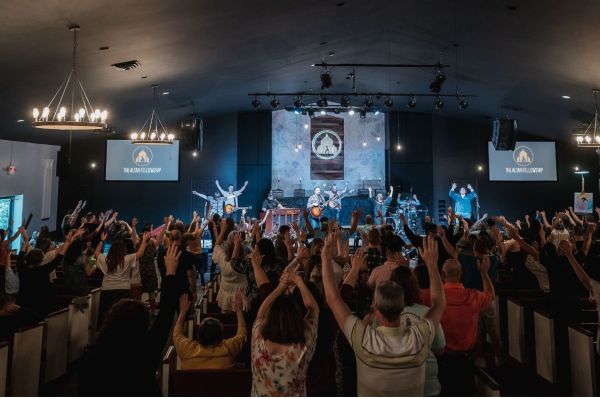Few Americans Attend House Churches, Survey Reveals
While worshipping in house churches is common in many countries, it appears that only a small number of Americans participate in this form of local church in the strictest sense.
Only three to six percent of all adult Americans say they are a "part of a group of believers that meets regularly in a home or place other than a church building" that is "not part of a typical church" and is self-governed, according to the latest report by The Barna Group.
But when the California-based research firm broadened the definition of what constitutes a house church, the number of people saying they have attended one in the past month jumped to as high as 33 percent.
"We claim that about five percent of the adult population is currently engaged in a house church based upon the most stringent of the questions we have developed," said George Barna, who oversaw the process of studying house churches for the report.
"With growing numbers of conventional churches attempting to incorporate both the house church concept and language into their ministries, it becomes increasingly difficult to get an accurate reading," he noted.
When the Barna survey simply asked respondents if they "attended a worship service in someone's home, known as a house church" that is not associated with a local, congregational type of church, about 10 percent of the adult population claimed to have done so in the past month.
The figure increased to 22 to 24 percent when the word "worship service" was replaced by "religious service."
Then the proportion increased to one-third of American adults when the survey asked if they had "experienced God or expressed (their) faith in God in a house church or simple church meeting in the past month." This definition does not exclude house churches that are affiliated with congregational-form churches.
"Each question is measuring something different; in its own way, each question is accurate and useful," Barna said, noting that the measures are not interchangeable.
He warned, "People who use research data must be careful that what they are accepting as fact is based on an objective and knowledgeable measurement of the matter under scrutiny."
The report is based on a dozen nationwide surveys conducted via telephone among representative random samples of adults over the past five years. Each of the studies was based on a sample size of about 1,000 adults.






















